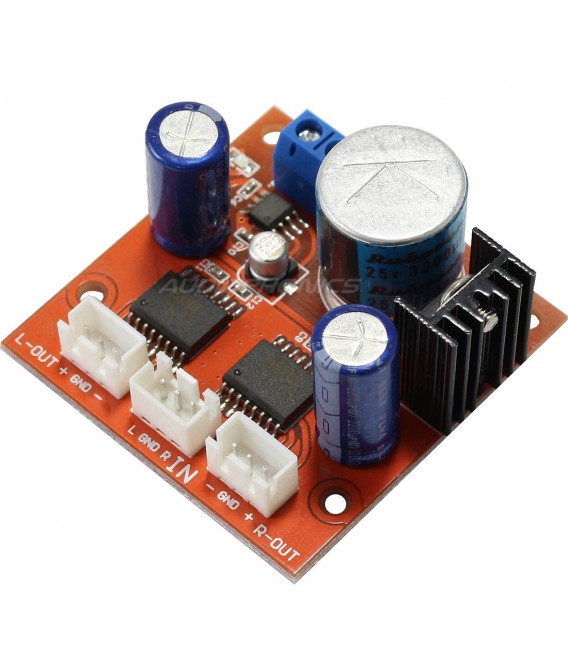I originally tried RCA connections with quality shielded cables in my urban apartment and my system became a hum infested AM radio receiver. If I wanted to listen to Art Bell on late night radio it would have been wonderful.You should also consider whether you really need balanced connections.
Although they can be theoretically better... their primary gain is for lengthy runs through interference infested environments...
In the home, with typicaly runs of .5m to 3m - there is very little need for running balanced.
Which opens up the mass market world of AVR's with RCA Pre-Out's - rather than being liminted to Pre-pro's with XLR's
Optimal results still require proper gain & voltage matching... but in most situations, you will get identical results with unbalanced RCA and XLR connections.
When comparing quite a few manufacturers prepro's and their TOTL AVR's - often 99% of the circuits are the same, and they tack on an XLR output board on the end, while removing the amps from the PrePro version (which occasionally has some advantages for the Prepro, but not always).
I moved from a prepro to an AVR around 2008... I run my AVR with external amps to run L/C/R, and use the internal AVR amps for surrounds/heights.
I believe that at the moment, this is still the configuration that provides the best "bang for the buck" value - a hybrid setup, which leverages the AVR amps for the relatively easy work of surround/height ambience and effects, while handing off the heavy lifting of the L/C/R to external "powerhouse" amps.
Everything is connected via single ended RCA...
In the price no object world (wherein I do not live) - a prepro with a stack of amps, and everything connected via balanced XLR's might well be a reasonable option (space might also be an issue... but if price is no object, one assumes that space won't be an issue either!)
Today, as things stand, the best quality, budget, prepro's, are all AVR's.
You REALLY NEED XLR in an urban environment.
And I mean real differential XLR, not an adapter cable. So if your equipment doesn't have XLR you need a quality active converter located within a foot of the source and then use high quality cables and active converter boxes.
Of course if I could afford $7,500 a pair speakers I would be happy to hook them to a receiver with good amps.
But like nobody making DVRs with pre-outs and no XLR and no ribbon speakers and so forth the whole market is sad unless you can pay tens of thousands of dollars for ultra high end gear.
Otherwise you might as well shop at Walmart.
My point is they are driving you in that direction and no former high fidelity people who resisted that in the 1960s are stepping up.

